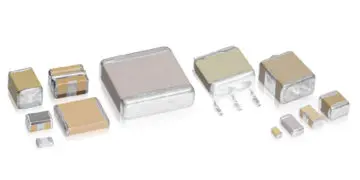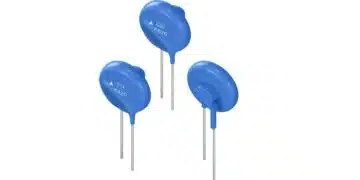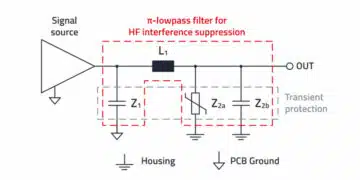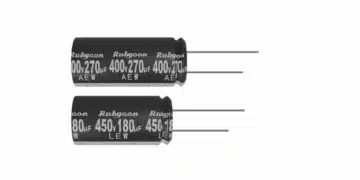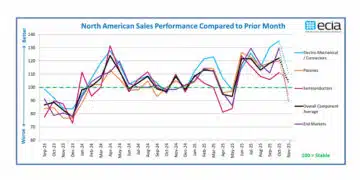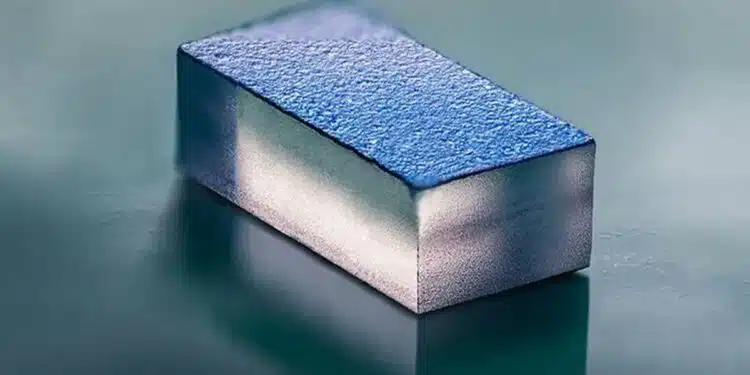SCHURTER is introducing the USL 0603: a new standard in low-current fuses for safety-critical applications.
In response to the growing demands for miniaturization, precision, and thermal resistance in modern electronic applications, particularly in ATEX-certified environments, Schurter announces the launch of the USL 0603 low-current fuse.
This innovative product is designed to meet the stringent requirements of safety-critical industries, including oil and gas, chemical processing, and mining.
The USL 0603 stands out with its extended creepage distance of 1.1 mm (pad-to-pad), surpassing the IEC 60079-11 requirements for 60 VDC applications, which mandate a minimum of 1 mm.
This feature makes it one of the few fuses in the 0603 format that can be confidently used in ATEX applications, ensuring reliable current limitation and minimizing potential ignition sources.
Quick Acting Characteristic
The USL 0603 is equipped with a quick acting characteristic, tripping at 2.5 times the rated current in under 5 seconds. This rapid response provides precise protection for sensitive circuits, while its low voltage drop ensures minimal energy losses. These advantages are particularly beneficial in ATEX applications and battery-operated designs.
Wide Operating Range
Designed to thrive in challenging thermal environments, the USL 0603 offers an extended operating temperature range of up to 150 °C. This makes it ideal for mobile medical diagnostic devices, industrial sensor applications, and other demanding settings.
Typical Applications
The USL 0603 is perfectly suited for ATEX-certified systems where reliable current limitation is essential to avoid ignition sources. It is also highly appropriate for medical devices, where precise tripping times and low power loss are critical. Additionally, the fuse is well-suited for sensor applications in industry and consumer electronics, which are particularly sensitive to overcurrent.
Features
- Impermeable to potting compound used to achieve hermetic seal for use in intrinsically safe applications according to ATEx and IECEx requirements.
- Low melting I²t-values, fast interruption
- Low current solid state fuse (35mA, 50mA)


